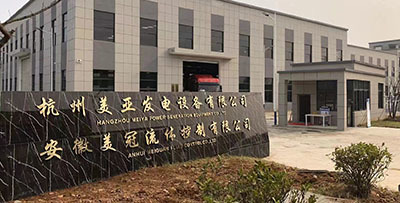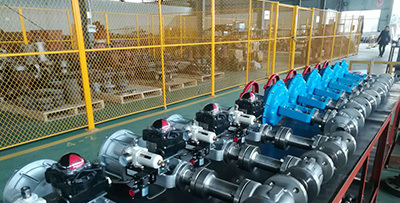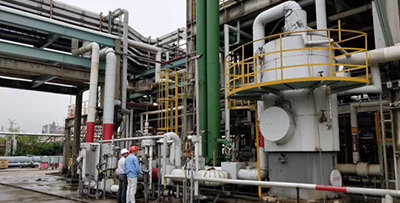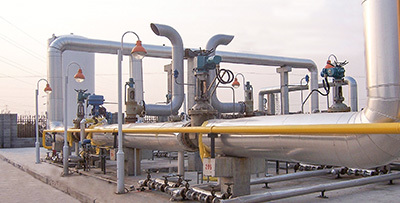
Contact Phone

Electronic E-mail
News Center
Hangzhou Meiya provides you with perfect industrial fluid control products and application solutions

How can control valves be differentiated?
Release time:
2022-01-06
Control ValveAlso known as a control valve, in the field of industrial automation process control, it is the final control element that changes process parameters such as medium flow rate, pressure, temperature, and liquid level through the power operation by receiving the control signal output by the control unit. It is generally composed of an actuator and a valve. So how should control valves be distinguished? What precautions are there for pneumatic control valves? The following will give you a detailed explanation!
I. How should control valves be distinguished?
Control valves can be divided into straight stroke and angle stroke according to their stroke characteristics. Straight stroke includes: single-seat valve, double-seat valve, sleeve valve, angle valve, three-way valve and diaphragm valve; angle stroke includes: butterfly valve, ball valve, eccentric rotary valve, full-function ultralight control valve.
Control valves can be divided into pneumatic control valves, electric control valves, and hydraulic control valves according to their drive methods, namely pneumatic control valves using compressed air as the power source, electric control valves using electricity as the power source, and electro-hydraulic control valves using liquid medium (such as oil, etc.) pressure as the power source.
According to the adjustment form, it can be divided into: adjusting type, cut-off type, adjusting cut-off type.
II. What are the installation precautions for pneumatic control valves?
In the field of industrial processing, pneumatic control valves are usually used to control instruments. The application of these instruments is very important. Control instruments can ensure the accuracy of production processing, so staff regard the application of control instruments as one of the important contents of their daily work.
Pneumatic control valves are control instruments in industrial processing processes, and they are also equipment frequently used in these production fields. When the equipment is working, it can be powered by compressed gas. The working principle of this equipment is very simple, and the structure is very reasonable. It is very convenient to install and use pneumatic air control valves.
Although the operation method is simple when using pneumatic control valves, in order to ensure the more efficient use of pneumatic control valves, staff should still pay attention to the installation and use of the equipment. When installing pneumatic air control valves, the installation height should be determined first. The installation position of the pneumatic air control valve should not be too close to the ground. The pneumatic air control valve should maintain a certain distance from the ground. In addition, the equipment also needs to reserve a certain space. The advantage of this is that when the pneumatic air control valve has problems, it is convenient for maintenance operations.
When installing pneumatic control valves, a certain support structure should be added below the device to make the pneumatic control valve more reliable during operation. Due to the special environment, some production units should also avoid additional stress when fixing and installing equipment.
Workers should pay attention to the dryness of the air control valve installation environment when using pneumatic control valves. The humidity of the installation environment should not be too high, and the passages should be unobstructed. These issues must be paid attention to during the installation and use of pneumatic control valves.
Next article
Related News
2025-01-23
2025-01-23














